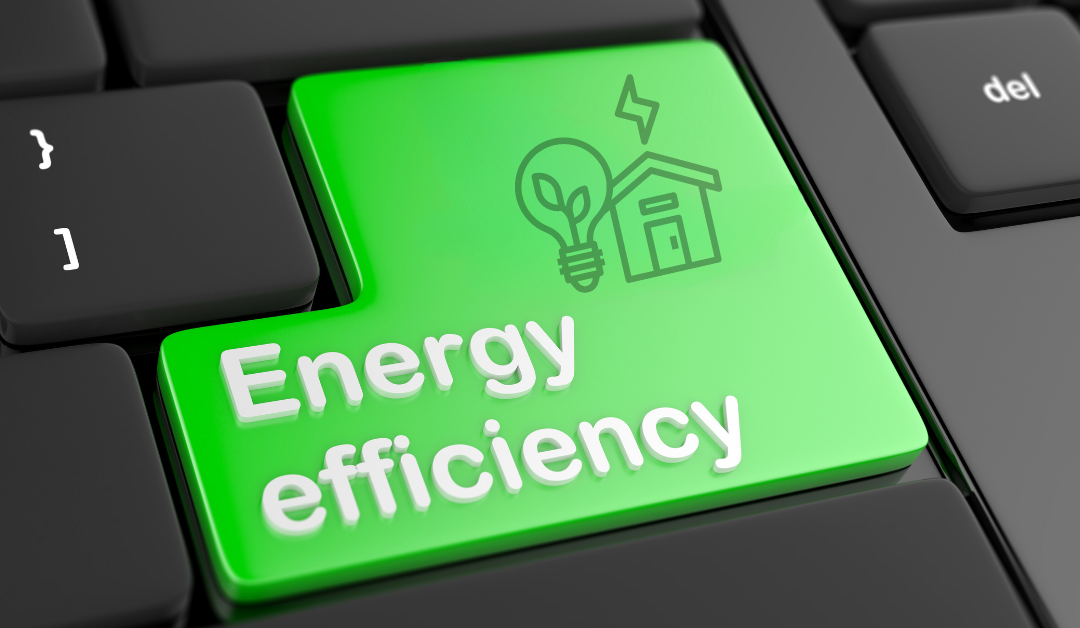From the introduction of Medicare in Australia in the 1970s to the establishment of the National Health Service in New Zealand in the 1930s, to the rise of the Group Purchasing Organisations (GPOs) and the rapid development of biologics, mRNA, and gene therapies, healthcare has experienced wide sweeping changes in the past 50 years that have impacted macro and micro-level aspects of patient care.
Some of the growing healthcare trends you should consider when selecting medical-grade refrigeration:
- Growing Cold Chain Requirements
- Staffing Difficulties
- Environmental Sustainability
Growing Cold Chain Requirements
As medical science continues to evolve, the complexity of various patient therapies evolves with it. According to the Therapeutic Goods Administration (TGA) of Australia, the increased quantity of therapies such as biologics, compounded drugs, and specialty infusions make it very likely that the need for special storage and handling practices will increase[1].
This increase means a higher percentage of a facility’s footprint could be dedicated to medical-grade cold storage and inventory will be at risk of loss if stored incorrectly.
Future planning for expanded cold storage equipment requires facilities and budget planning. If your facility is currently on a growth trajectory, ask yourself the following questions to see if you’re prepared to meet the growing cold chain requirements:
Staffing Difficulties
The COVID-19 pandemic placed pressure on the healthcare system and its employees.
In the wake of the changes sparked by the pandemic, healthcare staffing continues to be a struggle for some departments, adding further strain to the employees manning understaffed facilities. According to a report by the Australian Medical Association, nearly half of all doctors are experiencing burnout[2].
Environmental Sustainability
Public sentiment and public policy continue to pressure and incentivise corporate sustainability in the healthcare industry. Legislation offers rebates, incentive programmes, grants, and more to healthcare facilities that prioritise environmentally sustainable practices.
According to the Australian Healthcare and Hospitals Association, “Cost savings may be realised by utilising energy-efficient technologies, implementing waste management strategies, and taking advantage of the climate provisions in recently enacted federal law which allow for new or expanded tax credits for energy-efficient facilities and incentives for equipment that can be used for renewable energy.”[3]
Depending on the equipment and the cost of energy, savings can be thousands of dollars per unit during the lifespan of the equipment. Replacing conventional cold storage equipment can help dramatically reduce per-unit energy consumption, which leads to cost savings and carbon reduction.
When searching for energy-efficient cold storage solutions, look for options that have been certified by a trusted energy certification organisation, such as the Equipment Energy Efficiency (E3) Program in Australia and New Zealand[4].
Other indicators of environmental performance include vibrations, noise, and greenhouse gas emissions. Search for cold storage solutions that produce low levels of noise and vibration and use environmentally friendly refrigerants that have been certified by the Australian Refrigeration Council (ARC)[5].
Planning for the Future with GX Solutions
With these trends and others in healthcare, clinical directors must make a concerted effort to stay informed and plan ahead as much as possible.
Helmer’s GX Solutions cold storage products are designed to provide superior reliability and performance for years to come. GX Solutions are certified to the NSF/ANSI 456 Vaccine Storage Standard and boast industry leading temperature uniformity, recovery, and stability to protect valuable therapies and reagents.
Sources:
[1] Therapeutic Goods Administration. (2023). “Biological medicines and vaccines.” Available at: https://www.tga.gov.au/resources/resource/guidance/biological-medicines-and-vaccines
[2] Australian Medical Association. (2023). “AMA Survey Report on Doctor Burnout.” Available at: https://www.ama.com.au/articles/ama-survey-report-doctor-burnout
[3] Australian Healthcare and Hospitals Association. (2023). “Sustainability in Healthcare.” Available at: https://ahha.asn.au/sustainability
[4] Equipment Energy Efficiency (E3) Program. (2024). “About the E3 Program.” Available at: https://www.energyrating.gov.au/about-e3-program
[5] Australian Refrigeration Council. (2024). “Refrigerant Trading Authorisation.” Available at: https://www.arctick.org/refrigerant-trading-authorisation/

